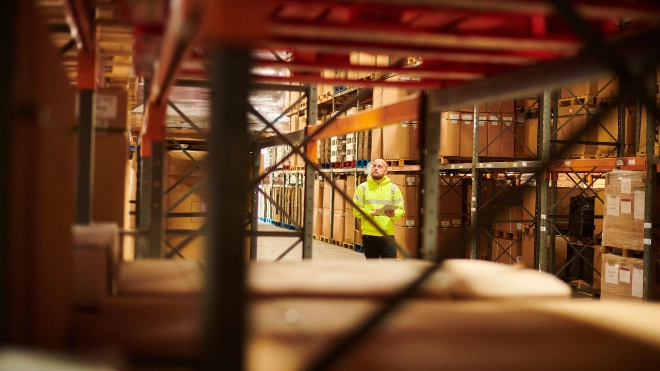Atradius Atrium
Uusi online-palvelumme Atrium tarjoaa helpon pääsyn sopimustietoihin ja luottolimiittien hakuun.
 Suomi
Suomi











Lataa lisää
Katselu 7 pois 148







Lataa lisää
Katselu 7 pois 22






Lataa lisää
Katselu 7 pois 33